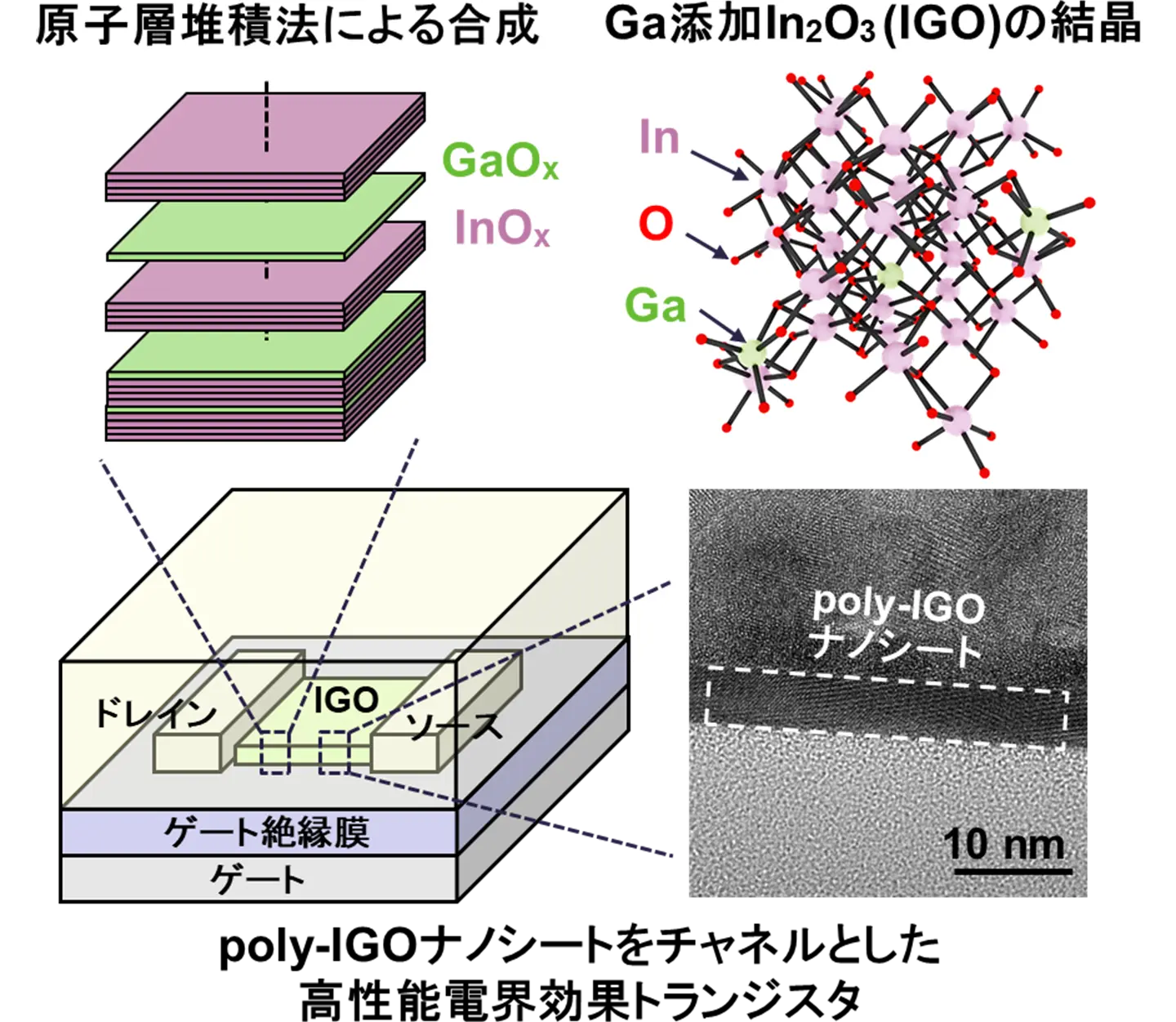2025-06-06 中国科学院(CAS)

Schematic view of CAFE2. (Image from IMP)
<関連情報>
- http://english.cas.cn/newsroom/research_news/phys/202506/t20250606_1045160.shtml
- https://www.nature.com/articles/s41467-025-60047-2
α放出同位体210Paの発見 Discovery of the α-emitting isotope 210Pa
M. M. Zhang,J. G. Wang,L. Ma,Z. G. Gan,Z. Y. Zhang,M. H. Huang,H. B. Yang,C. L. Yang,A. N. Andreyev,C. X. Yuan,Y. L. Tian,Y. S. Wang,J. Y. Wang,Y. H. Qiang,X. L. Wu,S. Y. Xu,Z. Zhao,X. Y. Huang,Z. C. Li,H. Zhou,X. Zhang,G. Xie,L. Zhu,F. Guan,… S. G. Zhou
Nature Communications Published:29 May 2025
DOI:https://doi.org/10.1038/s41467-025-60047-2

Abstract
Synthesizing isotopes located far away from the line of β-stability is the core research topic in nuclear physics. However, it remains a challenge due to their tiny production cross sections and short half-lives. Here, we report on the observation of a very neutron-deficient isotope 210Pa produced via the fusion-evaporation reaction 175Lu(40Ca, 5n)210Pa at a newly constructed China Accelerator Facility for Superheavy Elements. The measured α-particle energy of Eα = 8284(15) keV and half-life of T1/2=6.0+1.5−1.1 ms of 210Pa allow us to extend the α-decay systematics and test the predictive power of theoretical models for heavy nuclei near the proton drip line. Based on its unhindered α-decay character, the spin and parity of 210Pa is proposed to be (3+), supported by the large-scale shell model and cranked shell model calculations. This isotope is discovered with substantial statics within ∼ 3 days using intensive 2 pμA beam, demonstrating the tremendous capability of the facility for the study of heavy and superheavy nuclei.



